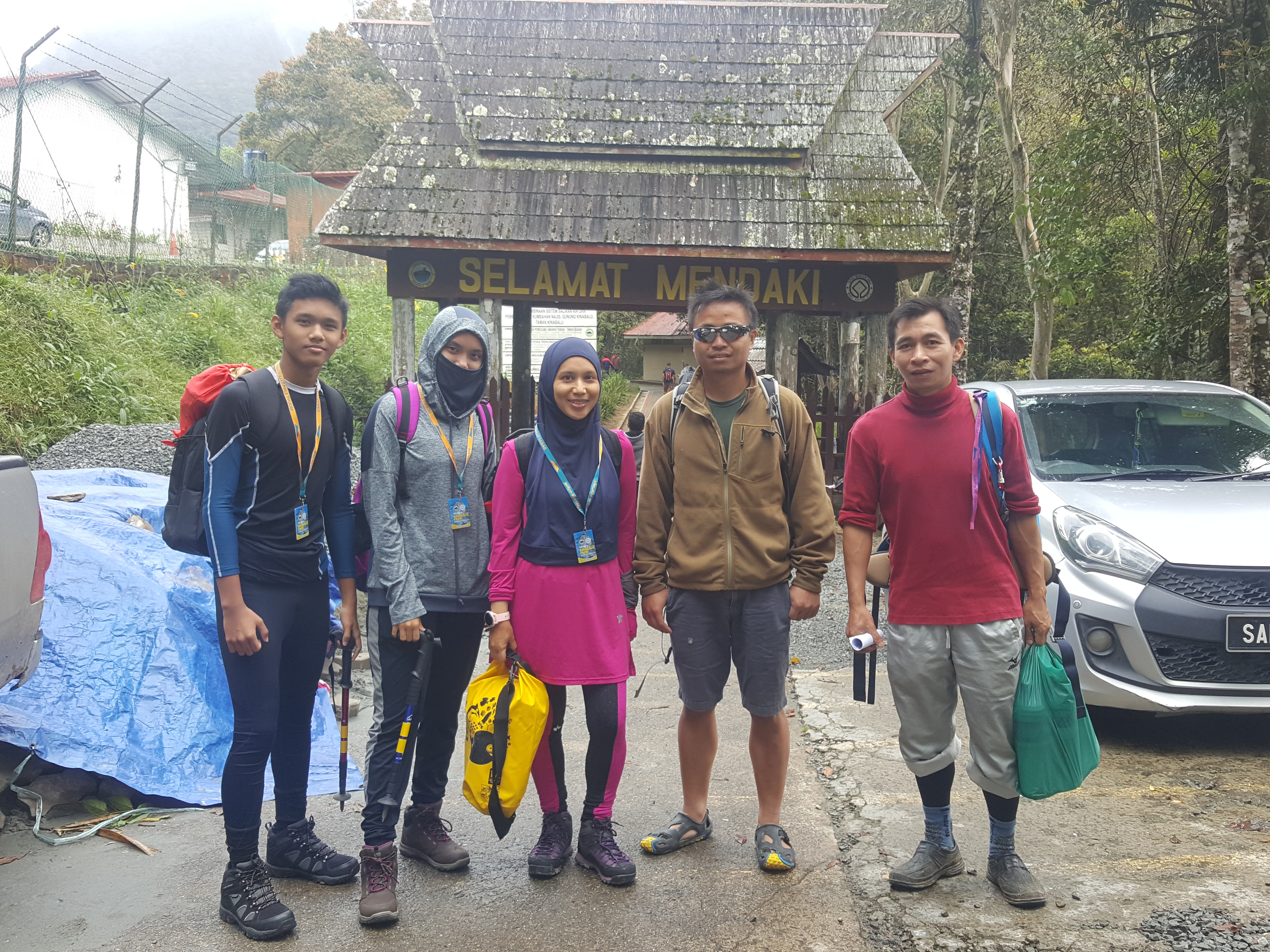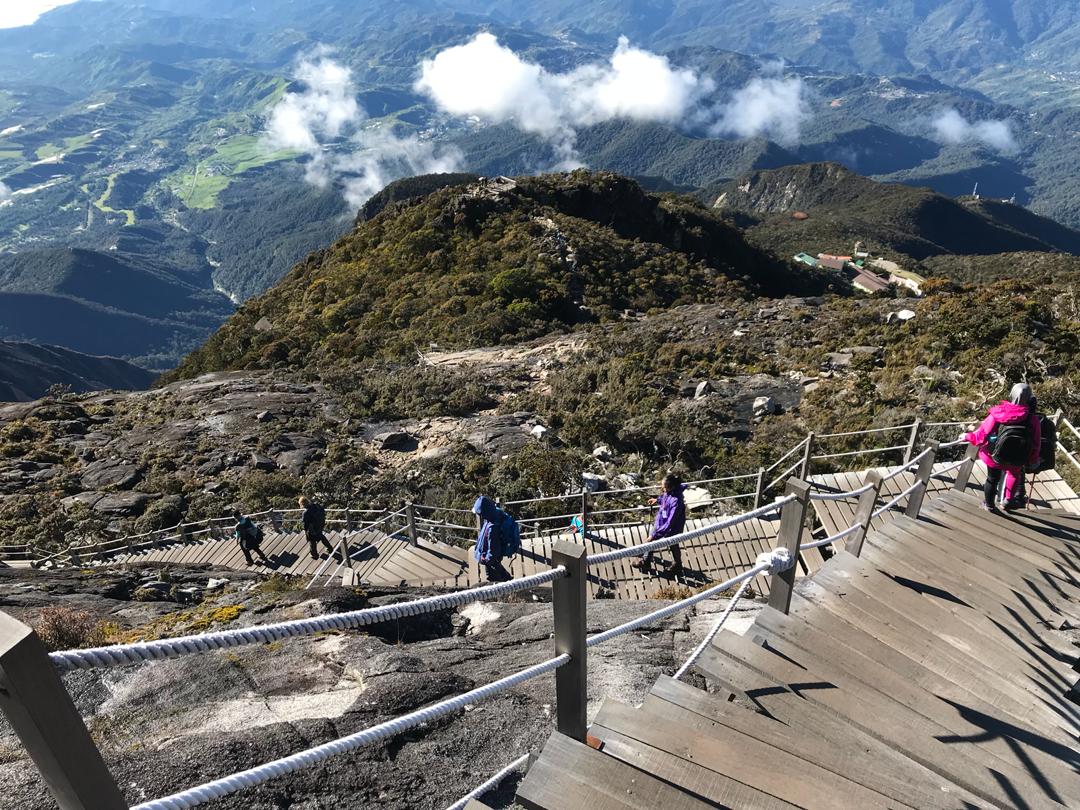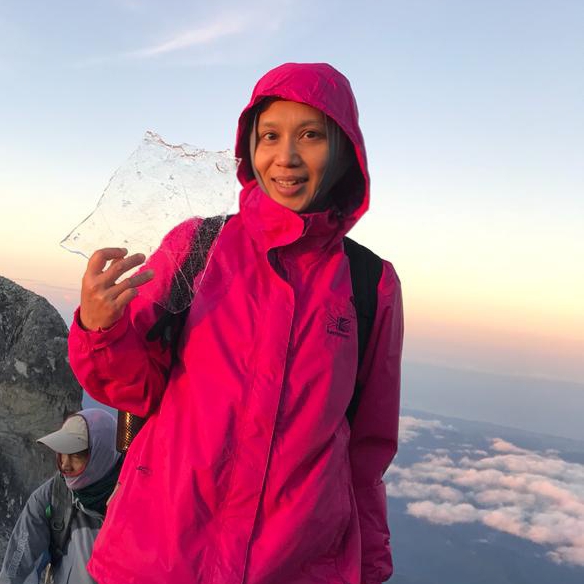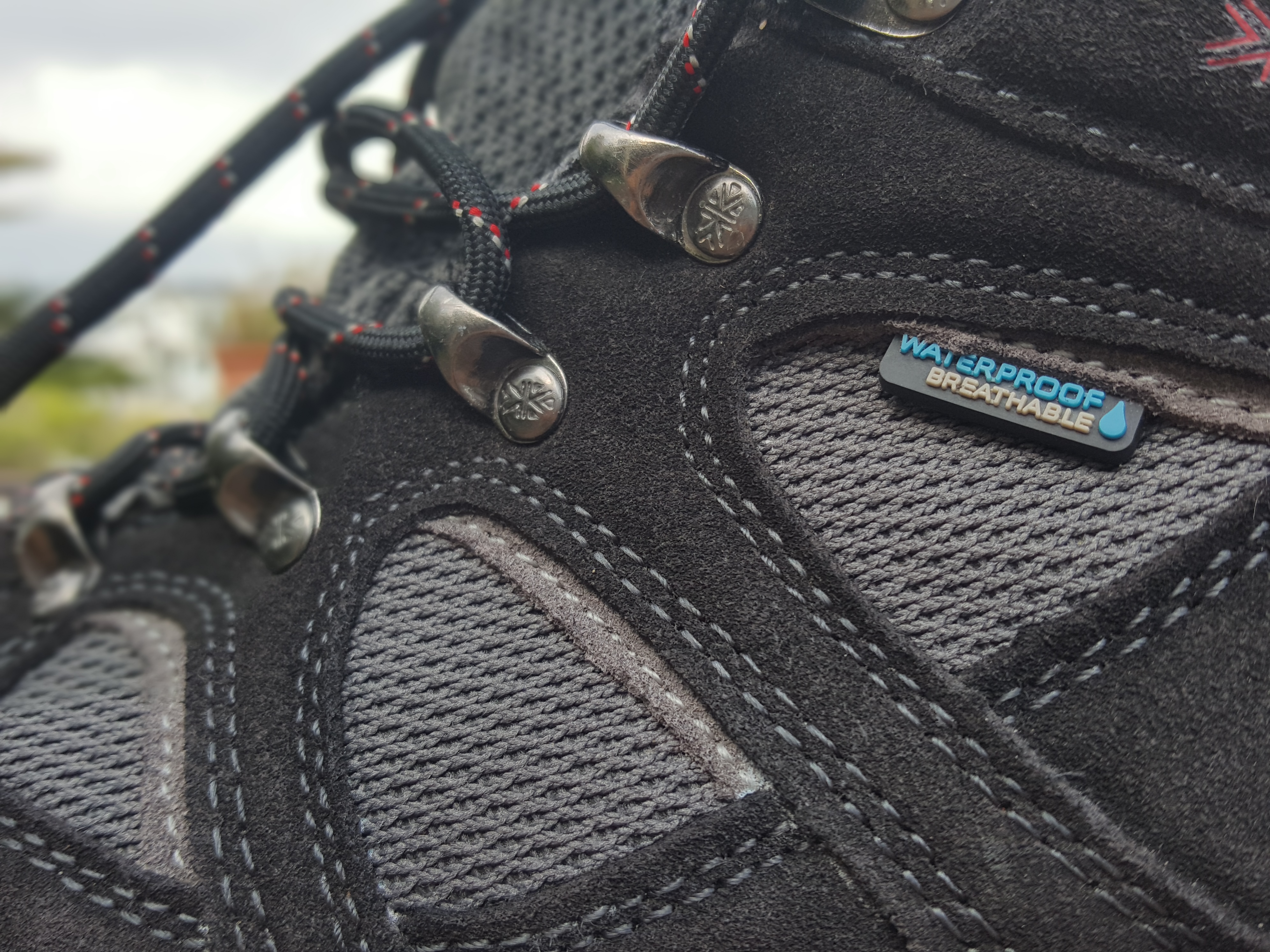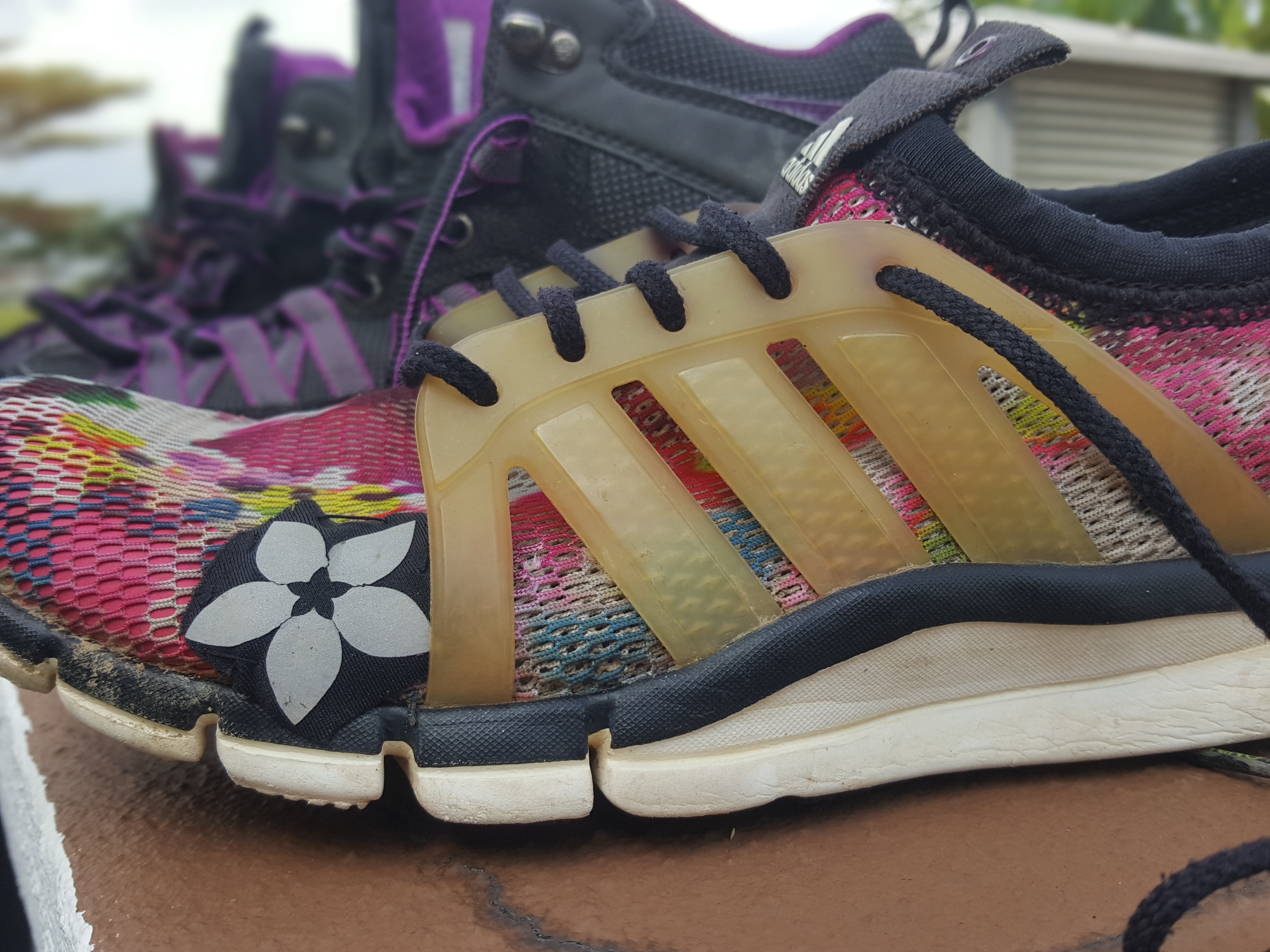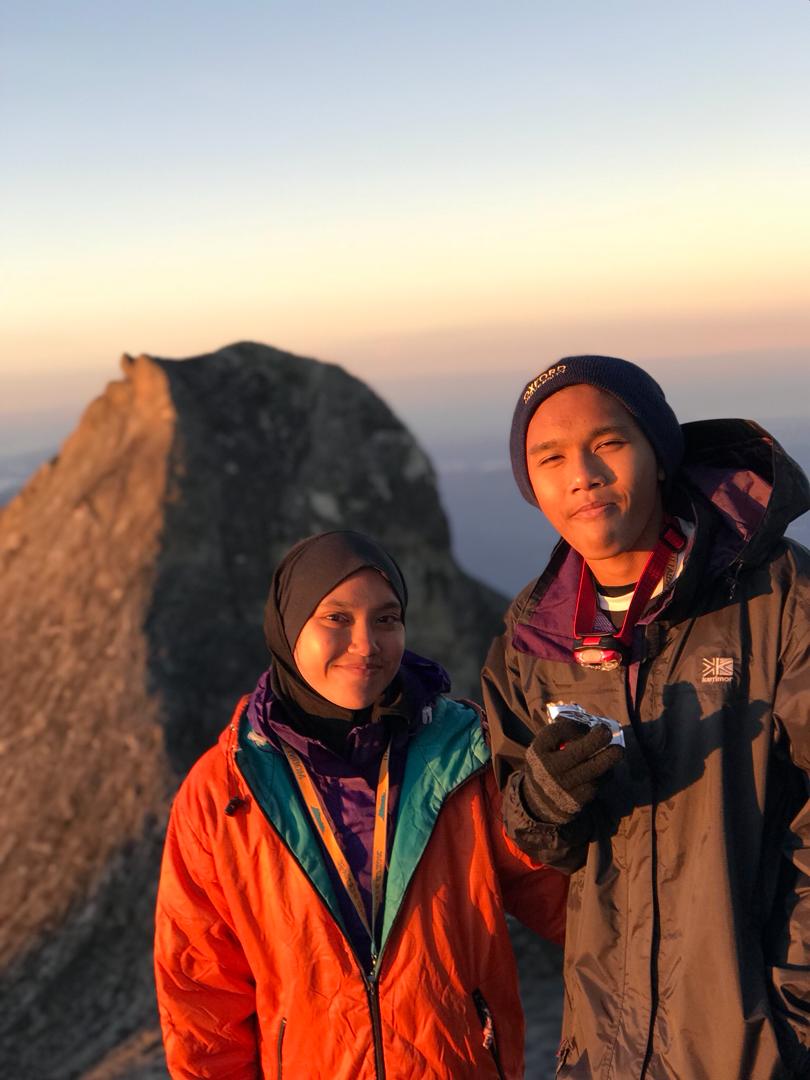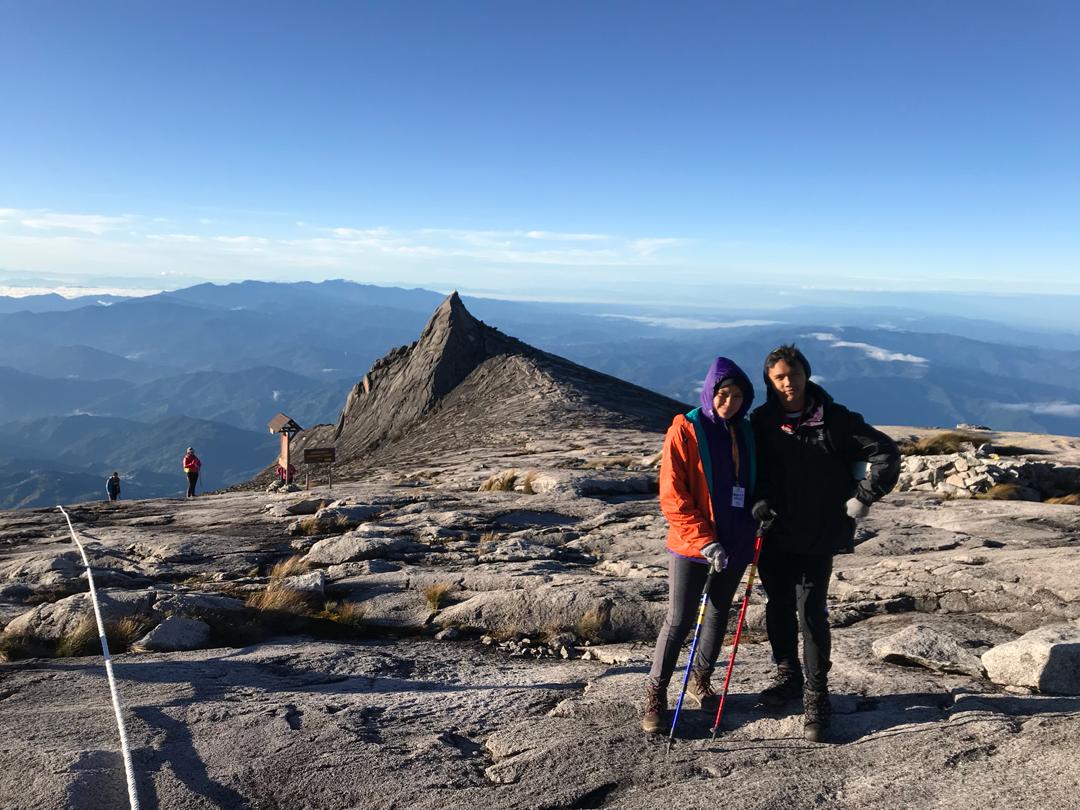Add adventure to your active lifestyle and embark into new and exciting adventures at UNESCO World Heritage sites. Since 1972, UNESCO has designated 209 natural world heritage sites and here are the top 10 that are accessible for tourists in South East Asia, spanning from Vietnam, Thailand, Malaysia, Indonesia, Philippines and Palau. Pick one that suits your time, budget and interests and you get to kill two birds with one stone.
-
Komodo National Park, East Nusa Tenggara, Indonesia (1986)
Recommended min day of stay : 4 days
Activities : Rich land and water wildlife watching, spot Komodo Dragons, snorkeling, scuba diving at Pink Beach and Padar Rinca island, swimming in Ranco Cave
Min Budget : USD700/person, excluding flight arrangement to Labuan Bajo or Komodo Island
Best time to visit : April – December
Beyond the Komodo lizard is a beautiful island with rich biodiversity
-
Ujung Kulon National Park, Java, Indonesia (1991)
Recommended min day of stay : 3 days
Activities : Jungle trekking, Mangrove forest watching, Javan rhinoceros watching, snorkeling, canoeing, surfing and cruising
Min Budget : USD250/person, excluding transport to and from Jakarta
Best time to visit : April – October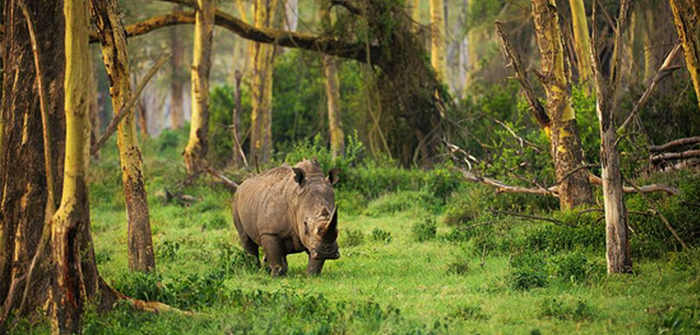
Endangered Java Rhinocerous
-
Puerto-Princesa Subterranean River National Park, Palawan, Philippines (1999), New7Wonders of Nature in 2012
Recommended min day of stay : 2 days
Activities : visit the longest (8km) navigable subterranean river in the world, underground river ride, firefly watching, Sabang X Zipline, Island hopping at Honda Bay
Min Budget : USD250/person, excluding transport to and from Puerto-Princesa
Best time to visit : April – October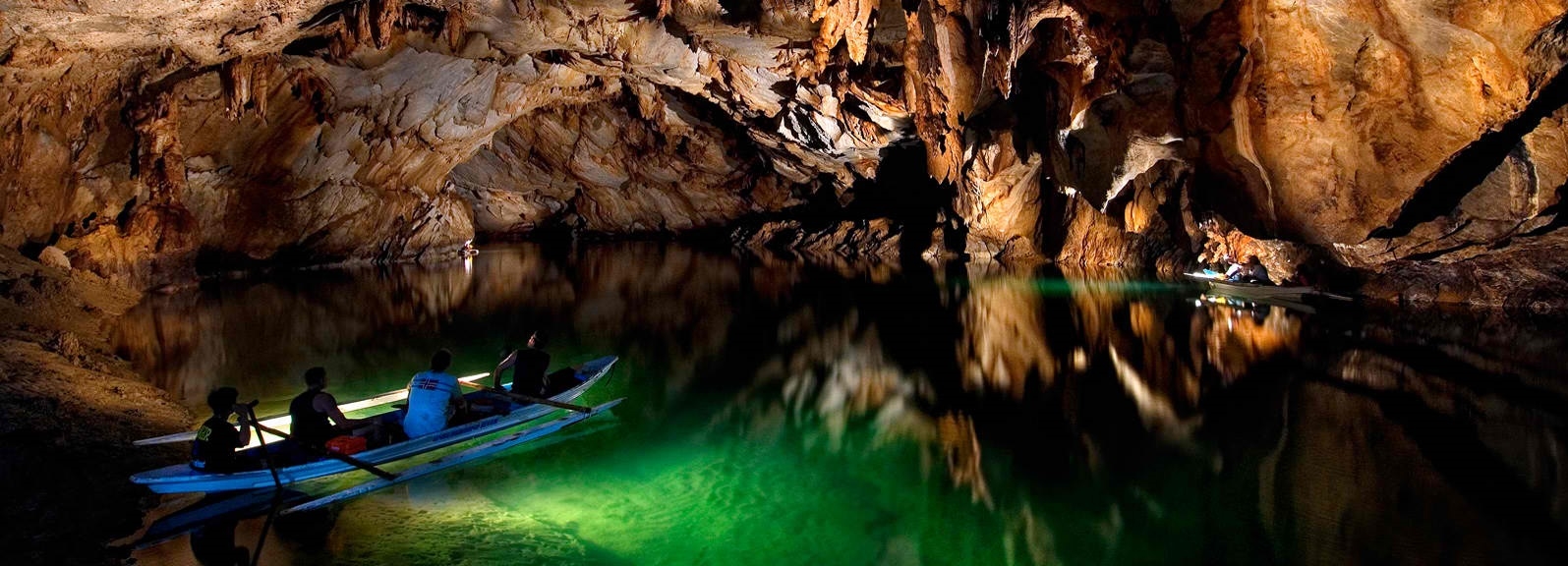
8 km underground river
-
Tubbataha Reefs Natural Park, Palawan, Philippines (1999)
Recommended min day of stay : 6 days on liveaboard safari trip only
Activities : The best diving site in Philippines, visit marine area and bird sanctuary in the Sulu Sea, cruising and diving at Tubbataha Reefs
Min Budget : USD2,350 excluding transport to and from Puerto Princesa
Best time to visit : March – June only
Diving Heaven
- Kinabalu Park, Sabah, Malaysia (2000)
Recommended min day of stay : 4 days
Activities : Hiking, bird watching, climb the highest peak in Borneo, hot springs
Min Budget : USD400/pax, excluding transport to and from Kota Kinabalu
Best time to visit : March – September
Mount Kinabalu stands tall at 4,095 meters
- Mulu National Park (2000)
Recommended min day of stay : 4 days
Activities : Caving, climb Mulu pinnacles, hiking, canopy walk, camping
Min Budget : USD400/pax excluding transport to and from Miri
Best time to visit : July and September
One of the caves at Mulu National Park
- Tropical Rainforest Heritage of Sumatra, Indonesia (2004)
Recommended min day of stay : 3 days
Activities : Trekking, caving, Rafflesia, visit Gunung Leuser National Park, wildlife watching – orang utan, bats, waterfall trip, hotsprings. The park consists of 3 national parks with rich biodiversity. It is one of the 54 World Heritage sites that are in danger.
Min budget : USD250/pax, excluding transport to and from Medan.
Best time to visit : January – July

-
Dong Phayayen-Khao Yai Forest Complex, Thailand (2005)
Recommended min day of stay : 1 day
Activities : scenic hiking trails, waterfalls, wildlife tour where you get to see elephants, crocodiles and other animals, safari, bird-watching
Min Budget : USD100/pax, excluding transport to and from Bangkok. Khai Yai is 2.5 hour drive away from Bangkok
Best time to visit : March – October
Free roaming wildlife at Khao Yai Forest
- Rock Islands Southern Lagoon, Palau (2012)
Recommended min day of stay : 7 days
Activities : Famous diving spots, kayaking, snorkeling, witness a collection of limestone and corals uprise as islands
Min Budget : USD2,500/pax for diving and accommodation excluding transport to Palau.
Best time to visit : November – April
Clusters of islands
- Trang An Landscape Complex, Vietname (2014)
Recommended min day of stay : 2 days
Activities : River boat ride through caves, visit Hoa Lu Ancient Citadel cultural site, visit Mixed Cultural and Natural Scenic Complex, 31 wetlands connected by 48 caves
Min budget : USD150/pax, excluding transport to and from Hanoi
Best time to visit : May – June, Sept – October
Cultural and Natural UNESCO site
Note : Pictures are from respective sources of the owners. Click pictures for ownership info


